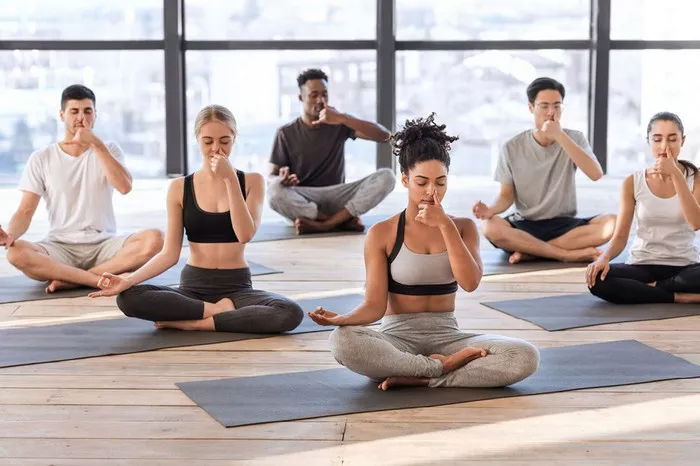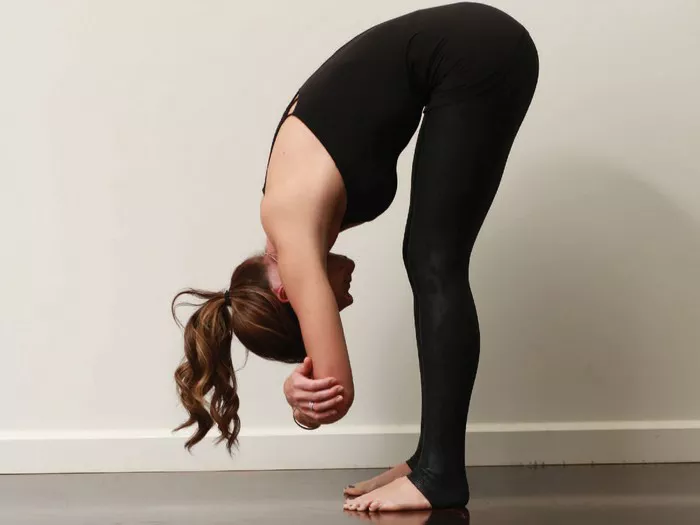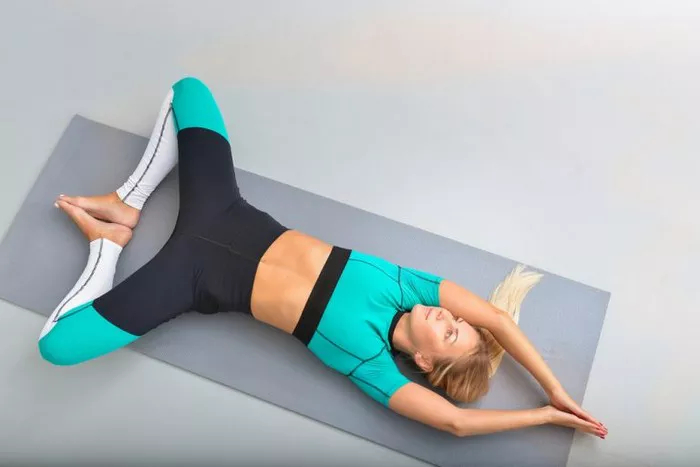Pranayama, the ancient practice of breath control, holds a significant place in the vast realm of yoga. Within the diverse spectrum of pranayama techniques, Sivananda Yoga Pranayama stands out as a profound system deeply rooted in traditional yogic philosophy. Developed by Swami Sivananda, a revered yogi and spiritual teacher of the 20th century, Sivananda Yoga Pranayama offers practitioners a structured approach to harnessing the power of breath for physical, mental, and spiritual well-being.
Origins and Philosophy
Sivananda Yoga Pranayama traces its origins to the teachings of Swami Sivananda (1887–1963), a prominent figure in the revival of yoga during the 20th century. Swami Sivananda, a medical doctor turned yogi, emphasized the holistic approach to yoga, integrating physical postures (asanas), breathing techniques (pranayama), relaxation (savasana), diet, and positive thinking as essential components of a balanced yogic lifestyle.
At the heart of Sivananda Yoga Pranayama lies the belief in the intimate connection between breath, mind, and energy. According to yogic philosophy, the breath is not merely a physiological function but a subtle bridge between the body and the mind, and ultimately, the individual consciousness and the universal consciousness. By regulating the breath through pranayama practices, practitioners aim to cultivate harmony between these layers of existence, leading to a state of balance, vitality, and inner peace.
Core Practices
Sivananda Yoga Pranayama encompasses a variety of breathing techniques, each serving specific purposes in purifying the energy channels (nadis) and balancing the vital life force (prana). While the sequence and duration of practices may vary, the core techniques remain consistent within the Sivananda tradition:
1. Deep Breathing (Dirgha Pranayama): The foundation of Sivananda Yoga Pranayama, deep breathing involves conscious inhalation and exhalation, expanding the lungs fully to enhance oxygenation and release toxins. This practice calms the mind, reduces stress, and prepares the body for deeper pranayama techniques.
2. Kapalabhati (Skull Shining Breath): A dynamic breathing technique, Kapalabhati involves rapid and forceful exhalations followed by passive inhalations. This process purifies the respiratory system, energizes the body, and clears the mind of sluggishness and dullness.
3. Anulom Vilom (Alternate Nostril Breathing): An integral part of Sivananda Yoga Pranayama, Anulom Vilom balances the flow of energy through the ida and pingala nadis, the subtle energy channels associated with the left and right nostrils, respectively. By alternating between nostrils during inhalation and exhalation, this practice harmonizes the nervous system, enhances concentration, and promotes mental clarity.
4. Bhastrika (Bellows Breath): Bhastrika involves rapid and forceful inhalations and exhalations through the nose, resembling the bellows of a blacksmith. This vigorous breathing technique increases vitality, stimulates digestion, and awakens dormant energy, preparing the practitioner for deeper states of meditation.
5. Ujjayi (Victorious Breath): Characterized by the slight constriction of the glottis, Ujjayi breath produces a soft hissing sound, resembling the ocean waves. This technique enhances concentration, purifies the mind, and induces a state of deep relaxation, making it ideal for both pranayama and asana practice.
Practice Guidelines
While the benefits of Sivananda Yoga Pranayama are manifold, it is essential to approach these practices with mindfulness, respect, and guidance. Here are some guidelines to ensure a safe and effective pranayama practice:
1. Beginner-Friendly Approach: Beginners should start with simple breathing techniques such as deep breathing and gradually progress to more advanced practices under the guidance of an experienced teacher.
2. Awareness of Limitations: Individuals with respiratory ailments, cardiovascular conditions, or pregnant women should exercise caution and consult a healthcare professional before engaging in pranayama practices.
3. Consistency and Discipline: Regularity and consistency are key to reaping the benefits of pranayama. Establishing a daily practice routine, even if brief, yields cumulative benefits over time.
4. Mindful Observation: Cultivate awareness of the breath, observing its natural rhythm and patterns. Avoid forcing or straining the breath, and allow it to flow effortlessly.
5. Integration with Asana and Meditation: Sivananda Yoga Pranayama is most effective when integrated with asana (physical postures) and meditation practices. The combination of these elements creates a holistic approach to yoga, addressing the needs of the body, mind, and spirit.
Beyond the Mat
Sivananda Yoga Pranayama extends beyond the confines of the yoga mat, permeating every aspect of daily life. The transformative power of conscious breathing transcends the physical realm, influencing mental attitudes, emotional states, and interpersonal relationships. Through consistent practice, practitioners cultivate resilience, equanimity, and compassion, navigating life’s challenges with grace and mindfulness.
Conclusion
Sivananda Yoga Pranayama serves as a gateway to self-discovery, offering a path to inner harmony, vitality, and spiritual awakening. Rooted in the timeless wisdom of yoga, these ancient breathing techniques provide a tangible means of accessing the profound depths of the human experience. As practitioners delve into the subtle nuances of the breath, they unlock the secrets of existence, unveiling the limitless potential that resides within. In the sacred space of each inhalation and exhalation, the journey of self-realization unfolds, guiding seekers toward the ultimate union of body, mind, and spirit.






















